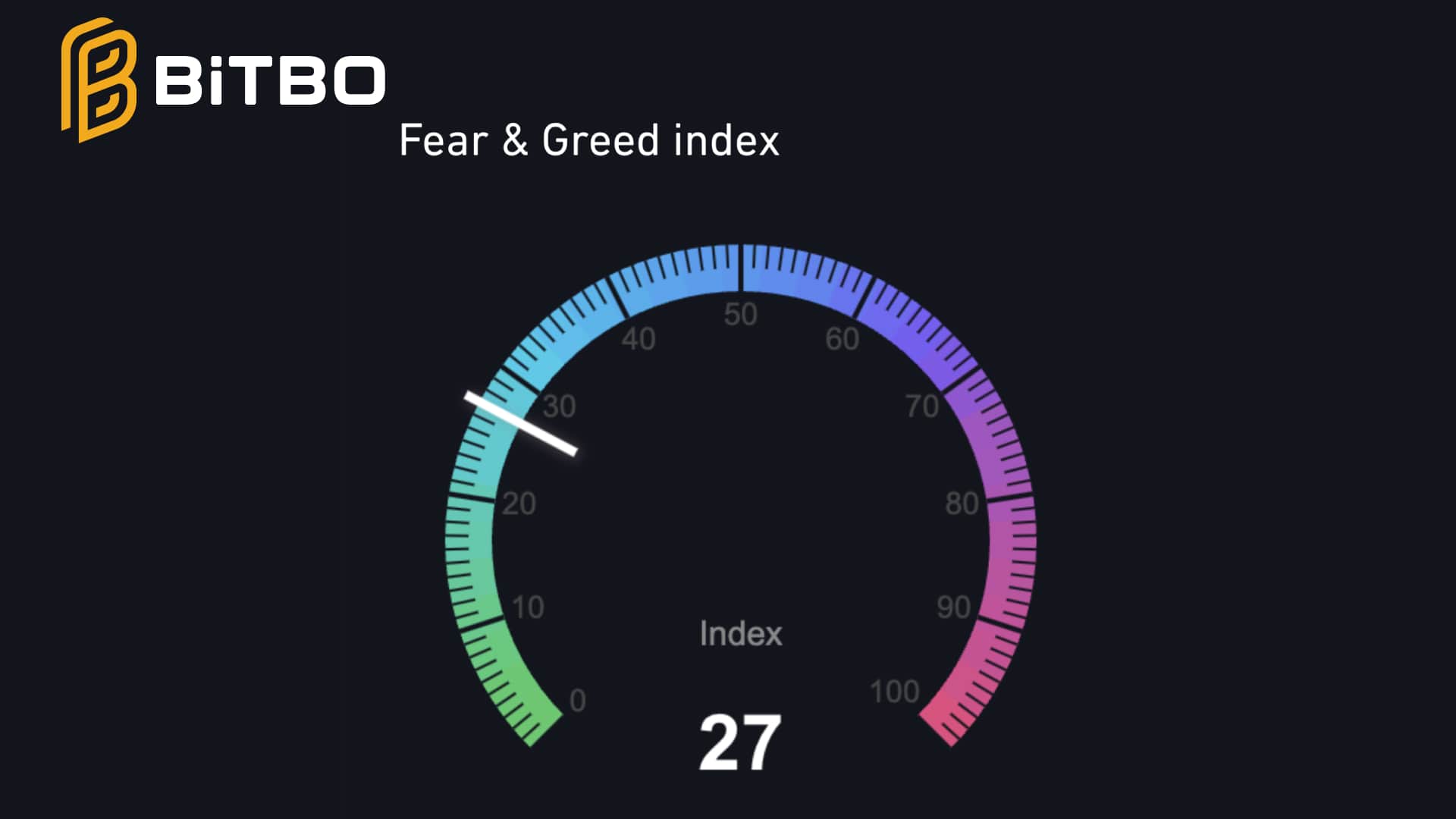
BitMEX Research has taken a close look at MicroStrategy’s (MSTR) Stretch ($STRC) debt instrument, highlighting its unique structure and risks, particularly for investors compared to the company itself.
Overview of STRC and MSTR’s approach
STRC is one of several novel securities issued by MSTR, with a variable dividend rate designed to maintain its price near $100.
Marketed as low risk and comparable to short-duration US Treasuries, STRC’s proceeds are used to accumulate more bitcoin, following MSTR’s aggressive treasury strategy.
The product stands out for its dividend mechanism—the rate can be adjusted monthly, increasing if the price drops below $100 or decreasing if it exceeds that level.
This mechanism is presented as a means of ensuring stability, but relies heavily on MSTR’s discretion.
Dividend reduction rules and investor risk
A key finding from BitMEX’s review of SEC filings is that MSTR can reduce STRC’s monthly dividend by up to 25 basis points regardless of market conditions.
BitMEX Research explained:
“Our understanding of the above is that MSTR can, at its absolute discretion, lower the dividend rate by up to 25 bps a month, no matter what else is happening.”
This gives MSTR flexibility to make dividend payments more affordable if needed, potentially reducing rates from 10% to zero over just a few years, especially if broader market rates also fall.
The floor for dividends is the SOFR rate, currently around 4%.
Not a Ponzi, but not risk-free
While some have compared STRC’s structure to a Ponzi scheme due to its reliance on new capital or bitcoin sales for dividend payments, BitMEX argues this is not strictly accurate, since the company can simply lower payouts.
Nevertheless, the risks are higher than traditional treasuries, as the company can abandon the price-stability objective and leave investors holding devalued debt.
Implications for MSTR and investors
In difficult times, MSTR could avoid selling its bitcoin by reducing STRC dividends, making this debt structure highly favorable for the company. BitMEX sums up the situation:
“MSTR will be fine whatever happens to the Bitcoin price or the flow of capital. In contrast, it’s the investors who may feel somewhat aggrieved when the music stops. In our view, STRC is a perfect demonstration of this phenomenon.”



